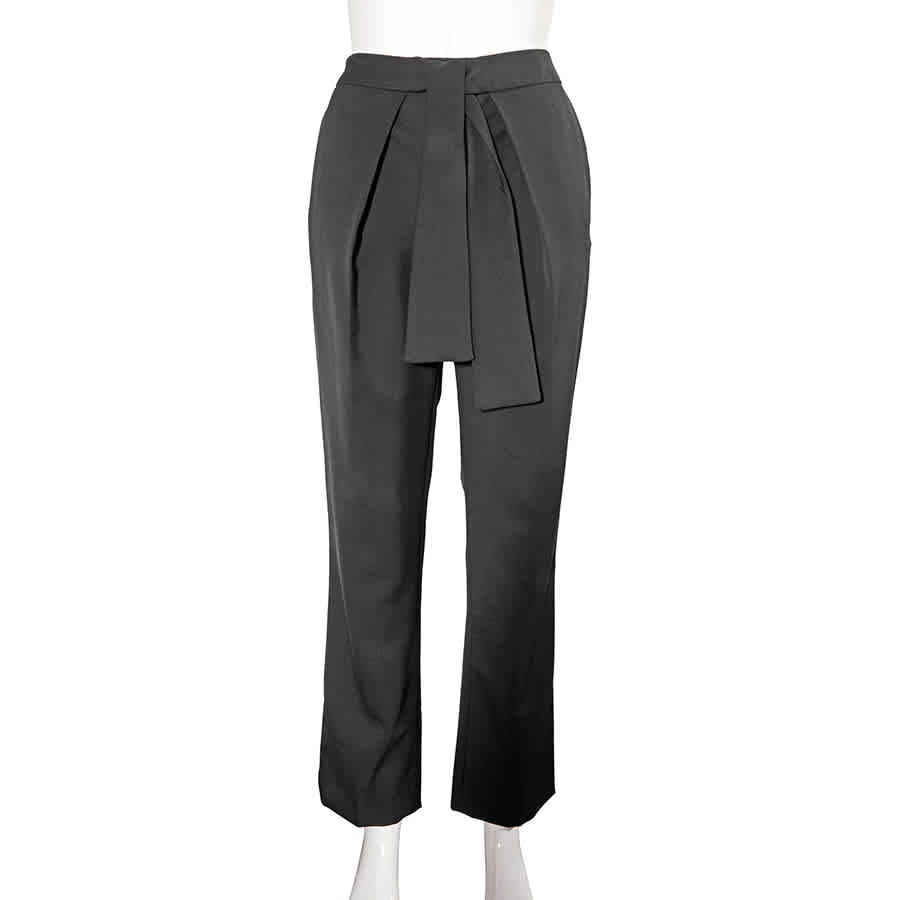
Look before you lockĪnyone can accidentally leave their child in the car, especially when tired, stressed, distracted or there is a change in routine. It is recommended children sit in the back seat until they are older than 12 years as it is safer and offers more protection to passengers than the front seat.
 Can the child stay seated like this for the whole trip?. Is the lap belt sitting low across the hips, touching the thighs?. Does the seat-belt sit across the middle of their shoulder (not on the neck or out near the arm)?. Do the child’s knees bend over the edge of the seat?. Can the child sit with their back against the vehicle seat?. If your child is 145 cm or over, they will be ready to move to an adult seat when they can answer ‘yes’ to all of the questions in the five-step safety test: Use height (not age) to determine when to move into booster seatīooster seat until child is 145 cm or taller and can pass the five-step safety test On average, Australian children will not reach a height of 145 cm until about 11 years of age.įorward-facing with inbuilt harness or booster seatįorward-facing with inbuilt harness for as long as possible. To be safest in a crash, your child needs to be in a booster seat until they are at least 145 cm tall and can pass the five-step safety test (see below). The average Australian child will not outgrow a forward-facing restraint until they are eight years old, and some children may be even older. Only move your child into a booster seat with an adult seat belt when they are too tall for a forward-facing restraint, as shown by the shoulder markers. Use height/length (not age) to determine when to change restraints You should only move your child to a forward-facing restraint with inbuilt harnesses when the maximum height requirement on your rear-facing restraint is reached. Facing rearwards (despite having their legs in a seemingly strange position) is still the safest position for them to travel. However, it is OK for them to hang their legs out the sides, have their legs crossed, be tucked into their body, or kicked straight up on the seat in front of them. As your child grows, it may appear that there is no room for their legs when they are restrained in this position. Moving to a forward-facing restraintīabies are safest in a rear-facing restraint, and would only be expected to outgrow these restraints when they are two to three years old.Ĭhildren should stay rear-facing for as long as possible.
Can the child stay seated like this for the whole trip?. Is the lap belt sitting low across the hips, touching the thighs?. Does the seat-belt sit across the middle of their shoulder (not on the neck or out near the arm)?. Do the child’s knees bend over the edge of the seat?. Can the child sit with their back against the vehicle seat?. If your child is 145 cm or over, they will be ready to move to an adult seat when they can answer ‘yes’ to all of the questions in the five-step safety test: Use height (not age) to determine when to move into booster seatīooster seat until child is 145 cm or taller and can pass the five-step safety test On average, Australian children will not reach a height of 145 cm until about 11 years of age.įorward-facing with inbuilt harness or booster seatįorward-facing with inbuilt harness for as long as possible. To be safest in a crash, your child needs to be in a booster seat until they are at least 145 cm tall and can pass the five-step safety test (see below). The average Australian child will not outgrow a forward-facing restraint until they are eight years old, and some children may be even older. Only move your child into a booster seat with an adult seat belt when they are too tall for a forward-facing restraint, as shown by the shoulder markers. Use height/length (not age) to determine when to change restraints You should only move your child to a forward-facing restraint with inbuilt harnesses when the maximum height requirement on your rear-facing restraint is reached. Facing rearwards (despite having their legs in a seemingly strange position) is still the safest position for them to travel. However, it is OK for them to hang their legs out the sides, have their legs crossed, be tucked into their body, or kicked straight up on the seat in front of them. As your child grows, it may appear that there is no room for their legs when they are restrained in this position. Moving to a forward-facing restraintīabies are safest in a rear-facing restraint, and would only be expected to outgrow these restraints when they are two to three years old.Ĭhildren should stay rear-facing for as long as possible. 
However, The Royal Children’s Hospital and national expert guidelines recommend you choose a restraint that best fits your child’s height, rather than their age.įor most children, height-based recommendations will keep them in each type of car seat for longer, but also keep them safer.įor current legal requirements and recommendations on car restraints or booster seats for children in Victoria, visit the Most Australian car restraint laws are based on a child’s age. Moving your child too early to the next restraint type increases their risk of serious injury or death in the event of a car crash. It is illegal to use an overseas model or restraint that doesn’t meet this standard.
All car seats should comply with the Australian and New Zealand Standard AS/NZS 1754. Make sure your child is buckled in properly, using the correct seat-belt or harness type for their size, even if it is only a short trip. Restraints should be regularly checked and adjusted as your child grows. Always follow the manufacturer’s instructions to ensure the restraint is suitable for your child and is installed correctly into your car. Use the shoulder-height indicators on the restraint to tell you when your child has outgrown it. You should wait until your child outgrows their restraint before moving them into a bigger one. Don’t be tempted to move your child into the next restraint type too quickly, even if age-based laws would allow it. Children should always travel in a restraint matched to their height, not their age. The best car seat for your child is one that fits. Which car restraint is best for my child? Whenever they are riding in a car, it is very important to ensure your child is in the correct restraint for their height. Each year in Victoria, hundreds of children are involved in car crashes, and in these moments their risk of serious injury is significantly increased if they are unrestrained in the car, not restrained correctly or were travelling in the front seat of the car. 
In Australia, car and other transport crashes are the single biggest cause of death of children under 15 years of age.







 0 kommentar(er)
0 kommentar(er)
